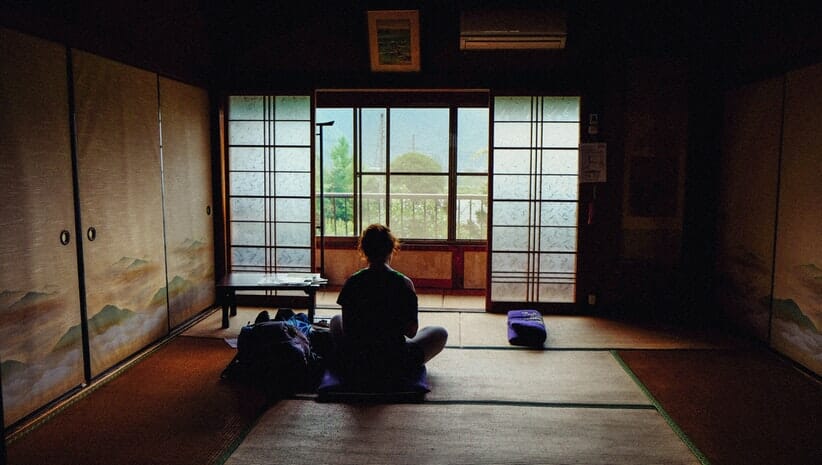
Photo by Francesco Ungaro
Cultivating Energy, Attention, and Appreciation through Home Practice
When I began practicing yoga more than a decade ago, I had no intention of starting a home practice, even though each of my teachers had encouraged me to do so. Most of the time I felt lost on my mat, uncertain about my ability to do any of the poses without the guidance of a teacher. Could I really do yoga at home unassisted? And how was I supposed to set aside another fifteen minutes, a half-hour — or more — each week on top of my 90 minute class?
On the days between practicing in the studio, I noticed how I missed the sense of calm and well-being that I felt after each class. Even if I might not be an expert yogi, even if I didn’t have a teacher in the room with me, I convinced myself in time that perhaps I could find a way to do yoga on my own. By then I had been doing yoga for six months, maybe a year. At this point, I had learned enough to feel comfortable in various positions. I could stand on my mat in mountain pose. I balanced on one leg in tree pose and I could lean forward in a lunge. And I held downward facing dog for more than a few breaths. Maybe it was possible to create a home practice, after all.
So, I started practicing at home. It didn’t take long to realize I was free to control the pace and intensity of each pose, as well as the flow of the sequences, unlike in class when the teacher decided how fast and how hard to push us. If I wanted to rest on my mat in a few restorative poses, I could. And that would become my practice.
In the beginning I didn’t set a regular time for yoga. When I felt the need to stretch or rest, I rolled out my mat. I liked the spontaneity of such a practice. But after a while I wanted something different, something structured that I could look forward to. I set aside a regular day and time. And I began looking forward to those days as much as I looked forward to my studio class each week.
It seemed so daunting at first. I remember how intimidated I felt by the idea of practicing on my own when I knew so little about yoga. All sorts of questions raced through my mind. What poses should I do? How should I sequence the poses? Should I practice for ten minutes, thirty, or sixty? Should I play music or practice in silence? Where is the optimum place to practice? Should I set up my mat outside or inside?
With the help of my teachers, I found the inspiration to move past these questions. Really, to move into these questions—and let go of thinking there was only one way to practice. All I needed to do was unroll my mat and find the courage to step onto it.
One of the biggest surprises was how comfortable I felt practicing without a teacher. Or rather, I was surprised to discover that I could be my own teacher. Ironically, my instructors had taught me that I could teach myself what I needed to know. In class, I had learned to listen closely to my body. At home I could figure out what it might need on a particular day.
I explored forward bends and lunges. In each pose, I tested how my body felt. I took my time. I could linger and not have to rush or hurry past certain feelings or gloss over places where I might feel tight in order to keep up with the rest of the class.
Since those early days, I’ve discovered through trial and error what works and what doesn’t. I’ve learned to back off when a pose feels too demanding or when my practice feels stale and I need a break to recharge. I also know when to push harder to discover new sources of energy.
Mostly, I’ve found ways to listen more closely to my body, and how to hear what my muscles, heart, and soul need in the moment. I’ve learned to pay attention. And paying attention—close and careful attention in my home practice and in class—has given me a new appreciation for my body. It has also given me a new sense of gratitude for its ability to guide me into poses on the mat and in the rest of my life.
Bruce Black is the author of Writing Yoga (Rodmell Press/Shambhala). He lives in Sarasota, Florida: www.journalpractice.wordpress.com.
